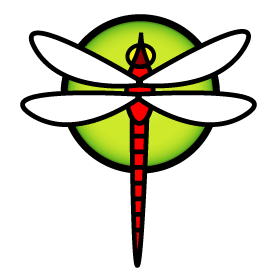ifconfig now has ‘proxy’ and ‘-proxy’ options. The ‘proxy’ option is now on by default, so a given IPv6 interface will respond to neighbor solicitations when forwarding is on. Use ‘-proxy’ to turn it off; the previous default.
(This was back in May, and I missed posting it before.)
